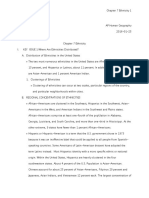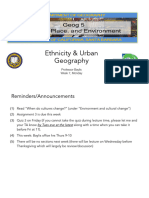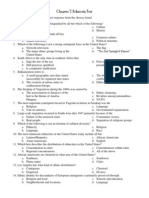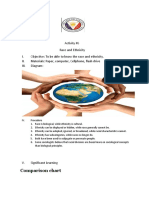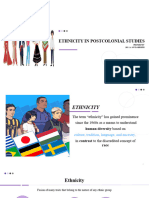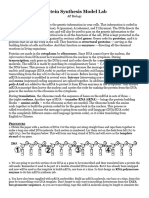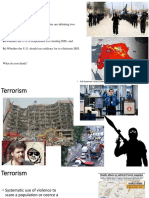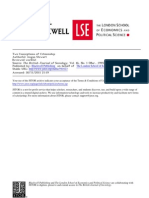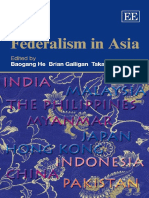0% found this document useful (0 votes)
491 views23 pagesAPHG Chapter 7 Class Notes Key Issues 1 and 2
Uploaded by
marisa corderoCopyright
© © All Rights Reserved
We take content rights seriously. If you suspect this is your content, claim it here.
Available Formats
Download as PDF, TXT or read online on Scribd
0% found this document useful (0 votes)
491 views23 pagesAPHG Chapter 7 Class Notes Key Issues 1 and 2
Uploaded by
marisa corderoCopyright
© © All Rights Reserved
We take content rights seriously. If you suspect this is your content, claim it here.
Available Formats
Download as PDF, TXT or read online on Scribd
/ 23












